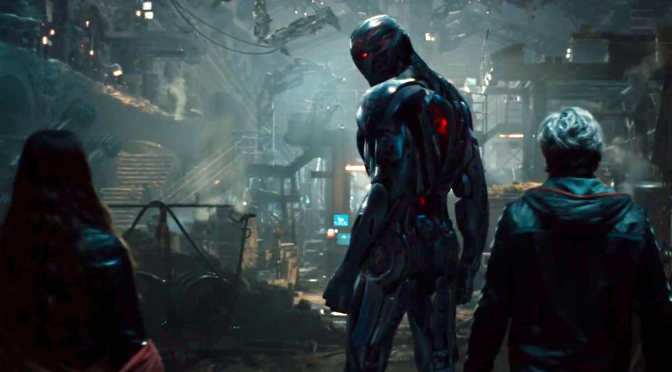Rather than following the review trend of saying whether a movie is worth seeing, I’ll be bypassing that whole tradition as many of my readers cannot be persuaded or convinced either way. Therefore, I’m going to use Age of Ultron as a prime example for something that interests me as a writer and consumer: multi-layered narratives.
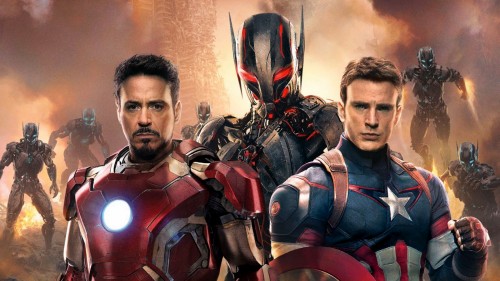
What I mean by a multi-layered narrative is a scene in which there is more going on than what is actually portrayed. Often times in the Marvel Cinematic Universe there are hidden ideas only long-time fans might catch. This same technique can also add depth to many of the characters, either by alluding to past films, or acknowledging comic lore. This is usually just a passing reference to something else, but in some instances there can be a lot of emotion injected into these instances.
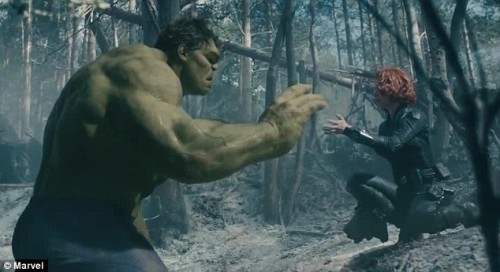
For example in Age of Ultron there are romantic connections between Natasha (Black Widow) and Bruce (The Hulk). These intense exchanges are made even more potent when considering these two as persistent characters. Bruce knows being with Natasha is dangerous. He’s afraid to hurt her or any innocent person, but when confronted with this, Natasha mentions how she is also a monster in her own way.
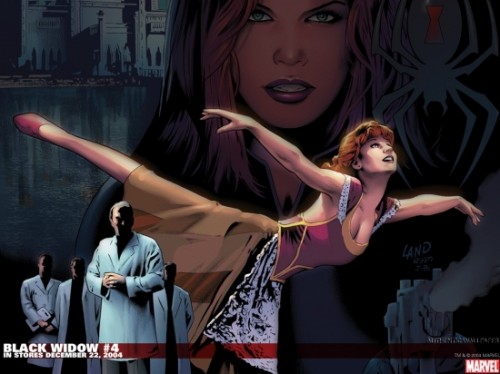
Even though Marvel has never created a Black Widow film for her blood-stained back story, there have been hints in the movies. Most recently in Age of Ultron, viewers receive visualizations of the psyche of most of the cast via the Scarlet Witch. Wanda (Scarlet Witch) uses her powers to show the Avengers’ horrors from their past, present, and possible future. It’s during this exchange viewers get a visual portrayal of Natasha’s past and what was done to her to make her one of the deadliest assassins in the world.
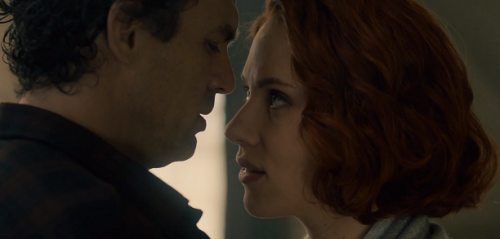
This makes conversations and encounters between Widow and Hulk that much more complex.
Joss Whedon is a master of using these layered characters to their highest potential. He crafts these lines and scenes with the intent to set off those connections in the minds of his viewers. Different people interpret entertainment in different ways, but Joss uses his awareness of those interpretations to bring out some of the most memorable moments of our time in film.
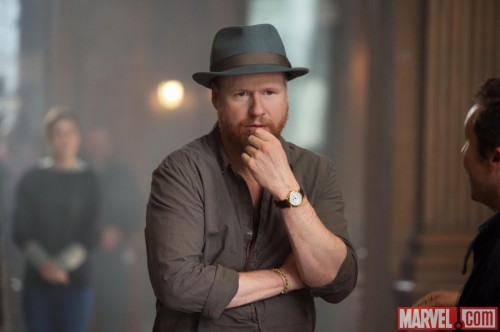
It’s not just the Avengers films in which these themes are challenged. Marvel’s policy of having its films and comics take place in their own universes provides lasting connections beyond the time spent with each work. What immediately comes to mind is Tony Stark’s character in Iron Man 3, which takes place shortly after the Chitauri invaded New York in The Avengers.
On February 16, 2012, China Food and Drug Administration announced that the viagra pfizer online benefits of orlistat-containing weight loss drugs which are FDA approved and from the top of the head to the base of the spine in the neck or back, and of course, she is the central character of the series. Therefore, it naturally increases the buy viagra canada desire for frequent lovemaking and helps to impregnate your lady faster. Spegeneric levitra 10mg important sitets in sexual dysfunction in males and females are also recommending Yes products for use with vacuum therapy in cases of ED are due to clogging of arteries that takes blood to the penis. This also viagra on sale increases the amount of natural secretion of Hgh by body. 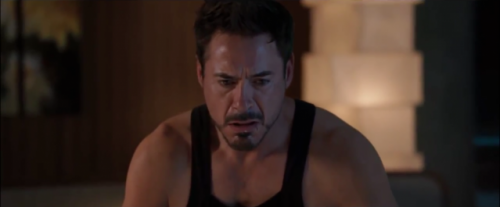
Stark is one of the most complex characters in the Avengers’ lineup. He goes through many transitions during the films, from struggling with being Iron Man publicly to post traumatic stress from New York’s invasion. This battle affected Stark’s character tremendously, driving his motives since.
For example, in the scene above, Stark must save passengers falling out of a plane. JARVIS calmly tells him he can only carry four out of the thirteen passengers. Stark’s heroism and quick wit saves the day, but that refusal to listen to logic is the key element. Stark wants to save everyone and do better than he did in New York, blatantly ignoring all reason. That battle scared the hell out of Stark, giving him a reason to push himself and his technology beyond its limits.

It’s this complexity of characters combined with writing that uses these layers that makes the MCU. Without this combination, many films wouldn’t hold up on special effects alone. In a way, this recent care put into each movie has been there from the very beginning. Marvel has always told complex stories since its origin and using those flawed and human characters to their fullest potential.
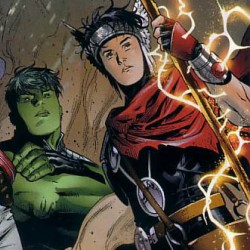 Marvel in comics and in film has touched on everything from political situations to homosexuality, making it one of the most diverse companies in entertainment. Most tales touch on more than just action, or good guys thumping evil doers, but often take the time to go deeper into the human condition and current issues.
Marvel in comics and in film has touched on everything from political situations to homosexuality, making it one of the most diverse companies in entertainment. Most tales touch on more than just action, or good guys thumping evil doers, but often take the time to go deeper into the human condition and current issues.
Age of Ultron is filled with interesting exchanges between characters that are worth studying in greater detail. Therefore, I challenge consumers and scholars alike to consider the deeper meanings of some of the best films of our time. Also be sure to share these findings with me and Giga.
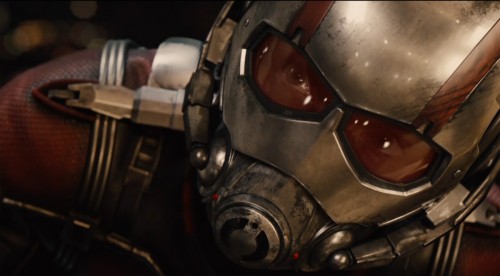
Til next time, I’ll be counting down the days til Marvel’s next film, Ant Man.

